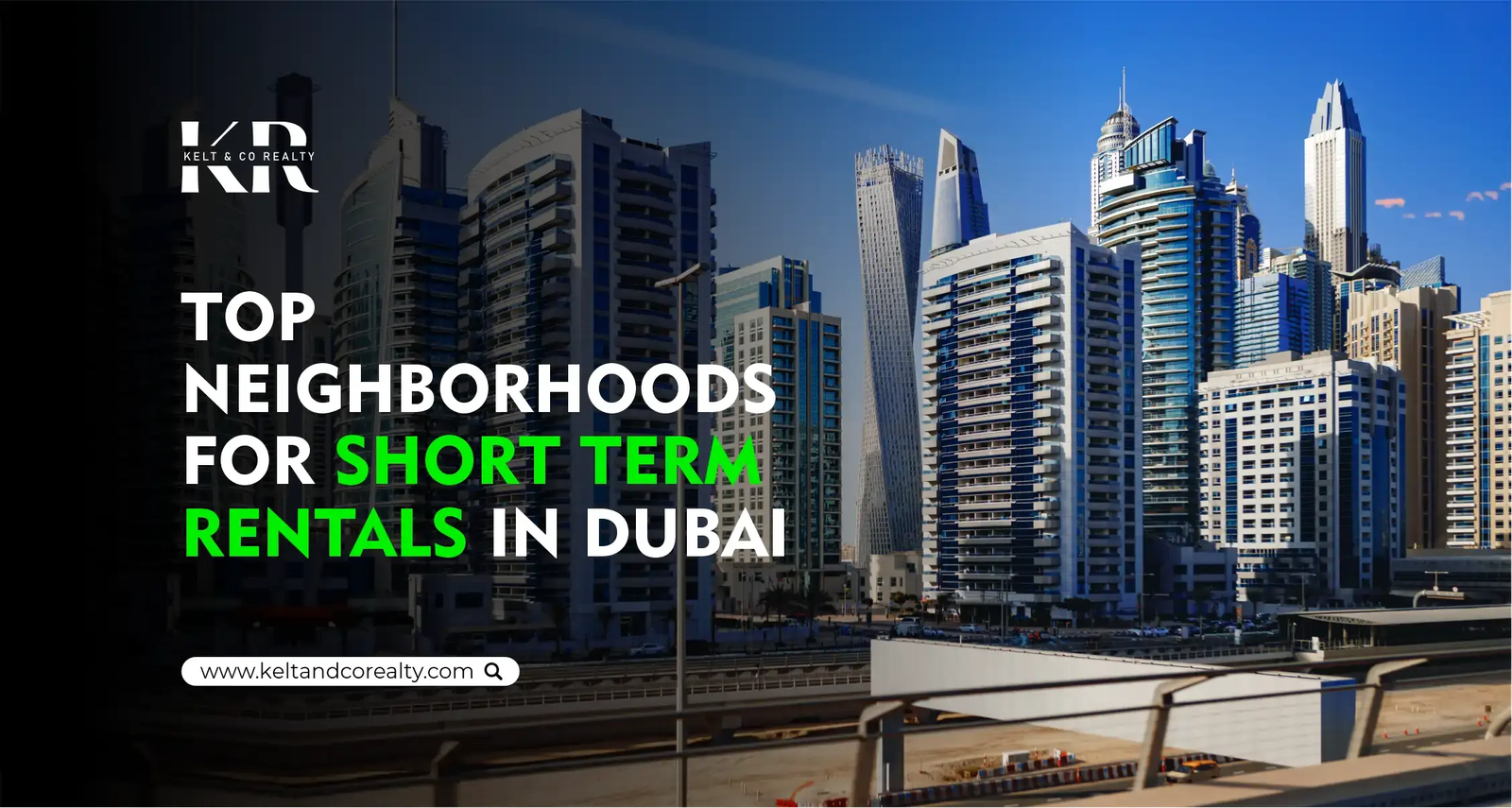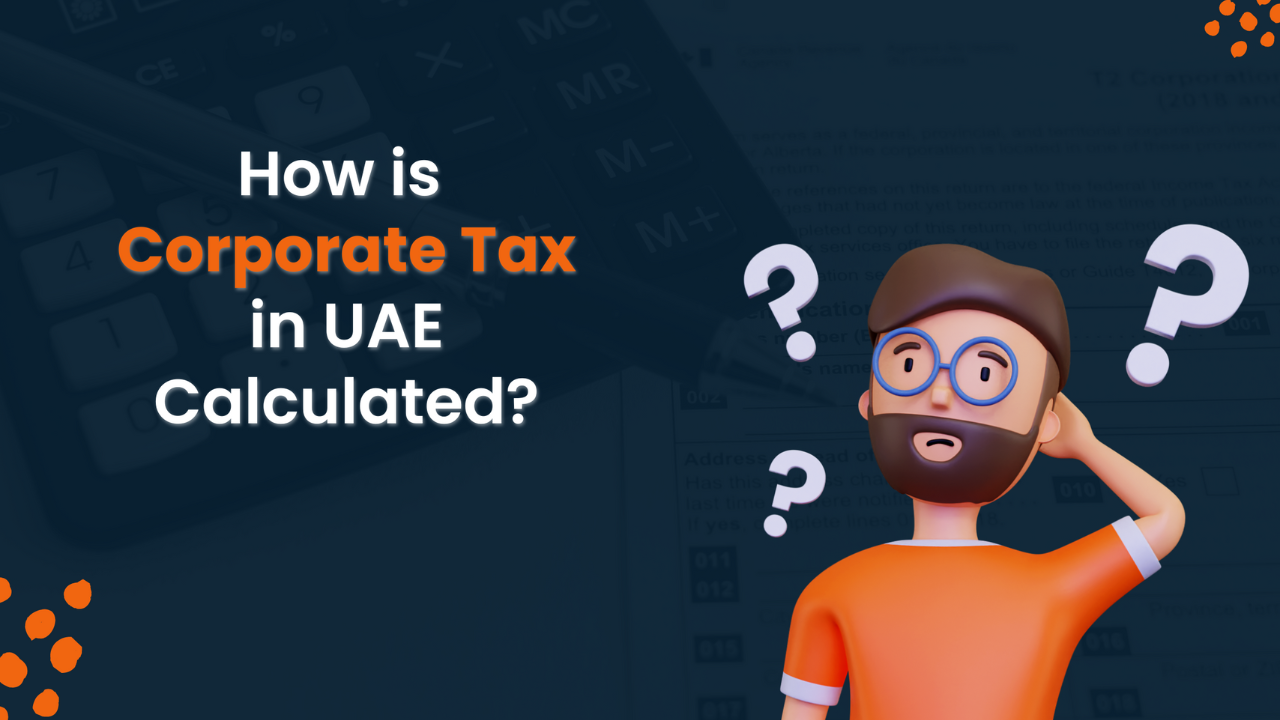Now Reading: Understanding the UAE’s 15% Corporate Tax for Multinationals in 2025
-
01
Understanding the UAE’s 15% Corporate Tax for Multinationals in 2025
Understanding the UAE’s 15% Corporate Tax for Multinationals in 2025
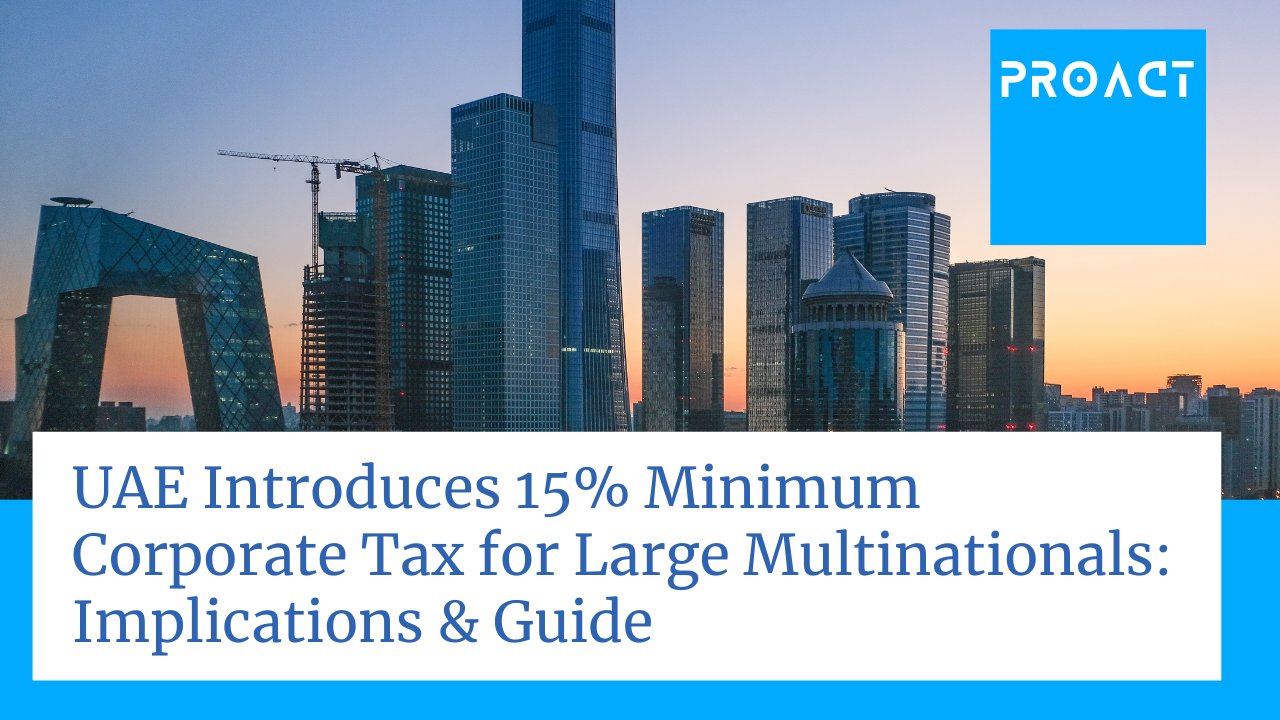
Table of Contents
The UAE’s introduction of a 15% Domestic Minimum Top-up Tax (DMTT) for large multinational enterprises (MNEs) starting January 1, 2025, marks a significant shift in its corporate tax regime, aligning with global tax reforms under the OECD’s Pillar Two framework. This response provides a clear and concise understanding of the DMTT, its scope, implications, incentives, and compliance requirements, tailored for investors and businesses navigating the UAE’s luxury villa market and broader real estate landscape, as explored in prior discussions on Dubai, Sharjah, and Ajman.
Overview of the 15% Corporate Tax (DMTT)
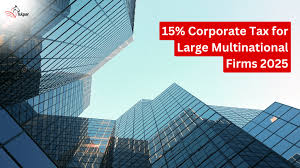
- Purpose: The DMTT ensures large MNEs pay a minimum effective tax rate of 15% on profits earned in the UAE, addressing tax avoidance and promoting fairness, per the OECD’s Two-Pillar Solution.
- Effective Date: Applies to financial years starting on or after January 1, 2025, per Federal Decree-Law amendments to Corporate Tax Law No. 47 (2022).
- Alignment: Complements the UAE’s existing 9% corporate tax rate (introduced June 2023 for profits above AED 375,000) by targeting MNEs, leaving SMEs and free zone entities largely exempt.
Scope and Applicability
- Who It Applies To:
- MNEs with consolidated global revenues of €750 million (approximately AED 3.2 billion or USD 793 million) in at least two of the four financial years preceding the tax year.
- Applies to profits from UAE operations, per the OECD’s Global Anti-Base Erosion (GloBE) Rules.
- Exemptions:
- Free zone businesses (e.g., Dubai Multi Commodities Centre, Jebel Ali Free Zone) remain exempt, preserving their 0% tax benefits, critical for real estate developers and investors in Dubai’s Palm Jumeirah or Sharjah’s Aljada.
- Purely UAE-based groups, domestic companies, government entities, investment funds, real estate investment trusts, and shipping income are excluded, pending final legislation.
- Mechanism:
- The DMTT acts as a “top-up” tax, increasing the effective tax rate to 15% for MNEs whose UAE profits are taxed below this threshold under the 9% regime.
- Incorporates the Income Inclusion Rule (IIR) and Undertaxed Payments Rule (UTPR) to ensure global compliance.
Implications for Businesses and Investors
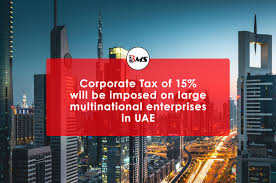
- Increased Tax Liabilities:
- MNEs in Dubai’s luxury villa market (e.g., developers like Emaar or Damac) with global revenues above €750 million face higher tax burdens, potentially impacting project budgets in Palm Jumeirah or Damac Lagoons.
- Operational costs may rise due to compliance, reporting, and transfer pricing adjustments, per Luxury Villas in Dubai.
- Compliance and Reporting:
- MNEs must align financial statements with DMTT requirements, implement country-by-country reporting (CbCR), and reconcile taxable income, per Sharjah’s Freehold Zones.
- Non-compliance risks penalties (e.g., AED 10,000 for late eInvoicing registration by March 31, 2025), per prior discussions.
- Strategic Adjustments:
- MNEs may need to revise transfer pricing policies to align with OECD guidelines, affecting real estate transactions in MBR City or Tilal Al Ghaf.
- Investment decisions could shift toward R&D or high-value employment to leverage tax credits, impacting villa developments in Dubai Hills Estate, per Sustainable Living Developments.
- Economic Impact:
- The DMTT is expected to boost UAE’s non-oil revenue, supporting sectors like real estate, technology, and healthcare, per Affordable Housing in Ajman.
- Despite higher taxes, the UAE’s business-friendly environment (no personal income tax, double taxation treaties) maintains competitiveness, akin to Singapore or the UK.
Corporate Tax Incentives
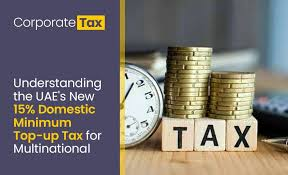
To offset the DMTT’s impact and foster innovation, the UAE offers:
- R&D Tax Credit:
- Details: 30–50% refundable tax credit for eligible R&D activities, effective for tax periods starting January 1, 2026, based on company size and revenue.
- Relevance: Benefits developers in sustainable projects like Tilal Al Ghaf or Sharjah Sustainable City, encouraging green villa designs, per Top 10 Emerging Neighborhoods in Dubai.
- Alignment: Follows OECD’s Frascati Manual guidelines, requiring R&D to be conducted in the UAE.
- High-Value Employment Credit:
- Details: Refundable tax credit as a percentage of eligible salary costs for senior employees (e.g., C-suite executives), proposed to start January 2, 2025.
- Relevance: Attracts talent to manage luxury villa projects in Emirates Hills or Palm Jumeirah, enhancing economic value.
- Status: Subject to legislative approval, per Lexis.ae.
- Free Zone Exemptions:
- Details: Qualifying free zone entities retain 0% tax rates, critical for real estate investors in Dubai South or Aljada, per Sharjah’s Freehold Zones.
- Impact: Maintains UAE’s appeal for developers and investors, unlike Kuwait’s similar 15% tax without free zone exemptions.
Compliance Requirements
- Registration: MNEs must register for corporate tax via EmaraTax (www.tax.gov.ae) by March 31, 2025, to avoid penalties, per Luxury Villas in Dubai.
- Reporting: Implement robust systems for CbCR, transfer pricing documentation, and financial reconciliation, per ATB Legal.
- eInvoicing: Mandatory for all taxable entities to ensure transparency, with deadlines aligned with DMTT implementation, per Sharjah’s Freehold Zones.
- Consultation: Engage tax consultants like BMS Auditing, Tax Gian, or PwC Middle East for compliance and incentive optimization, per UAE Corporate Tax Update 2025.
Relevance to Real Estate Investors
- Luxury Villa Market: MNEs developing or investing in Palm Jumeirah or Damac Lagoons may face higher costs, but R&D credits and free zone exemptions mitigate impacts, per Luxury Villas in Dubai.
- Emerging Neighborhoods: Areas like Dubai South and Tilal Al Ghaf benefit from free zone incentives, maintaining affordability for villa projects, per Top 10 Emerging Neighborhoods in Dubai.
- Regional Comparison: Unlike Sharjah’s focus on mid-tier freehold zones or Ajman’s budget housing, Dubai’s luxury villas align with DMTT’s high-value employment incentives, attracting global developers, per Affordable Housing in Ajman.
Recommendations for Investors and Businesses
- Assess Eligibility: Confirm if your business meets the €750 million threshold via Dubai Land Department (www.dubailand.gov.ae) or Federal Tax Authority (www.tax.gov.ae).
- Leverage Incentives: Invest in R&D for sustainable villa projects in Tilal Al Ghaf or hire high-value staff for Palm Jumeirah developments to claim credits, per Lexis.ae.
- Ensure Compliance: Register by March 31, 2025, on EmaraTax, and align transfer pricing with OECD rules, consulting PwC or Carvy, per UAE Corporate Tax Update 2025.
- Monitor Updates: Track legislation via Ministry of Finance (www.mof.gov.ae) or Khaleej Times, as final DMTT details are pending, per Khaleej Times.
- PropTech Tools: Use Bayut or PHOREE Real Estate to assess villa market trends under DMTT’s impact, per Top 10 Emerging Neighborhoods.
Conclusion
The UAE’s 15% DMTT, effective January 2025, targets large MNEs with €750 million+ in global revenues, aligning with OECD’s Pillar Two to ensure a 15% minimum tax rate. While increasing compliance for developers in Dubai’s Palm Jumeirah or Damac Lagoons, it offers R&D and employment incentives that support sustainable and luxury villa projects. Free zone exemptions preserve UAE’s appeal, unlike regional peers. Investors should leverage EmaraTax for compliance, target tax credits, and monitor updates via Mobility Finance, ensuring seamless navigation of this evolving tax landscape.
WATCH MORE: https://www.youtube.com/watch?v=ocGT3InbKoU
READ MORE: Short-Term Rentals in Dubai: Capitalizing on the Tourism Surge in 2025



